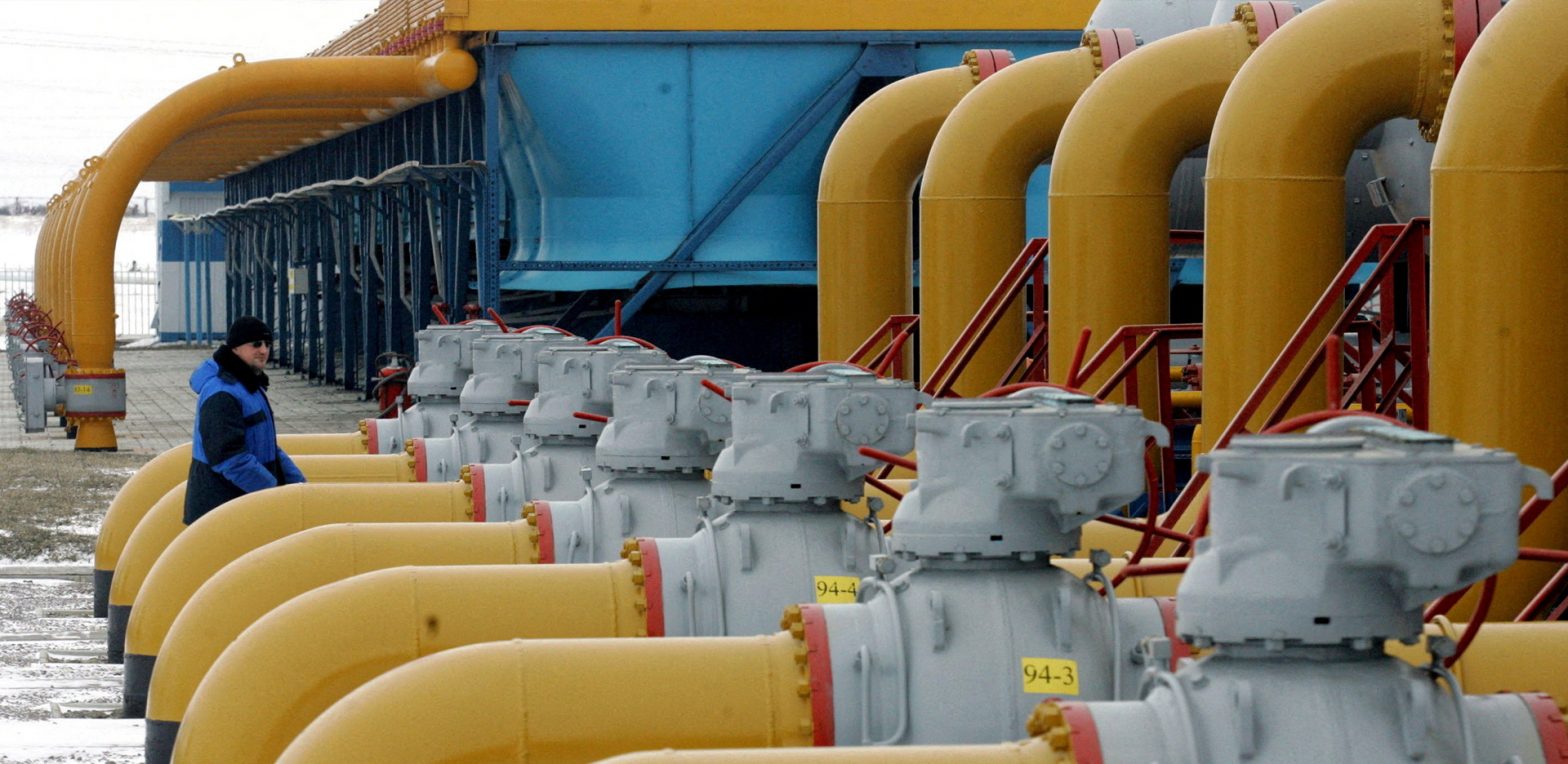
Valletta: The suspension of Russian gas transit through Ukraine has triggered concerns over potential supply shortages and rising energy prices, particularly affecting landlocked European countries like Slovakia.
Both Ukraine and Russia announced the cessation of gas transit on Wednesday, leading some EU nations to seek more expensive energy alternatives, as reported by Xinhua news agency.
Slovak Prime Minister Robert Fico warned on Wednesday that the halt in gas transit would have “severe consequences for all of us in the European Union (EU),” while asserting that it would not adversely affect Russia.
The stoppage follows Ukraine’s decision not to renew a gas transit agreement with Russia’s Gazprom that expired on December 31, 2024. The Ukrainian Energy Ministry stated, “At 07:00 a.m. (0500 GMT), in the interests of national security, the transportation of Russian natural gas through Ukraine was stopped.” Gazprom confirmed the cessation of gas supply due to the expired agreements and Ukraine’s non-renewal.
In a letter to the European Commission (EC) on Sunday, Fico criticized Ukraine’s decision as irrational, warning it could escalate tensions and hurt the EU more than Russia. He suggested his government might consider measures like cutting electricity to Ukraine.
As a country heavily reliant on Russian gas, Slovakia has been significantly impacted, importing around 3 billion cubic meters of gas from Russia via Ukraine each year, which makes up two-thirds of its demand.
The EC downplayed potential impacts, stating that the European gas infrastructure is “flexible enough” to supply gas of non-Russian origin to Central and Eastern Europe through alternative routes, bolstered by new liquefied natural gas (LNG) import capacities since 2022.
Mark Cigoj, editor-in-chief of the Croatian weekly 7 Dnevno, highlighted the vulnerability of Slovakia, Austria, and Hungary due to their dependence on Russian gas and limited access to LNG imports.
With forecasts indicating household gas price increases of 15-34% in 2025 without state assistance in Slovakia, the government has earmarked around €235 million ($244 million) for energy aid, further constraining its budget.
Slovakia’s state gas utility, SPP, reassured the public about continued supplies but acknowledged that alternative sources would be more expensive.
Moldova, which relies on about 2 billion cubic meters of Russian gas via Ukraine, has implemented measures to cut electricity consumption by at least 30%, including reducing street lighting and altering operating hours for energy-intensive sectors.
In 2023, Ukraine facilitated the transit of approximately 15 billion cubic meters of Russian gas to Europe, meeting about 5% of the continent’s needs. With the transit halt, the TurkStream pipeline under the Black Sea becomes the only remaining channel for Russian gas exports to Europe.
The EC noted a steep decline in the share of Russian pipeline gas in EU imports, from over 40% in 2021 to around 8% in 2023.
Cigoj cautioned that the EU needs a coherent plan to coordinate gas purchases among member states, as increased margins and transportation costs are likely to elevate gas prices and exacerbate inflation.
While many European countries have significantly cut their reliance on Russian gas since the Russia-Ukraine conflict began, Slovakia, Hungary, and Austria still remain notably dependent.
Slovak Vice Premier and Economy Minister Denisa Sakova stated on Tuesday that Slovakia is technically prepared for the gas supply stoppage, having sufficient reserves and alternative supplies for 2025. However, she cautioned that ongoing issues could pose challenges during the winter heating season next year.
Cigoj emphasized that European nations will have to organize themselves to purchase significantly pricier gas from different sources moving forward.
Markus Krug, deputy head of the gas department at Austria’s energy regulator E-Control, predicted that Russian gas would likely continue flowing through Turkey to Hungary. He estimated that Slovakia’s gas supply would primarily come from Hungary, with additional supplies from Austria, the Czech Republic, and Poland.
The TurkStream gas pipeline, with an annual capacity of 31.5 billion cubic meters, offers limited ability to meet increased demand. To fill any shortfalls, the EU will have to depend more on LNG imports, which are considerably more expensive.
